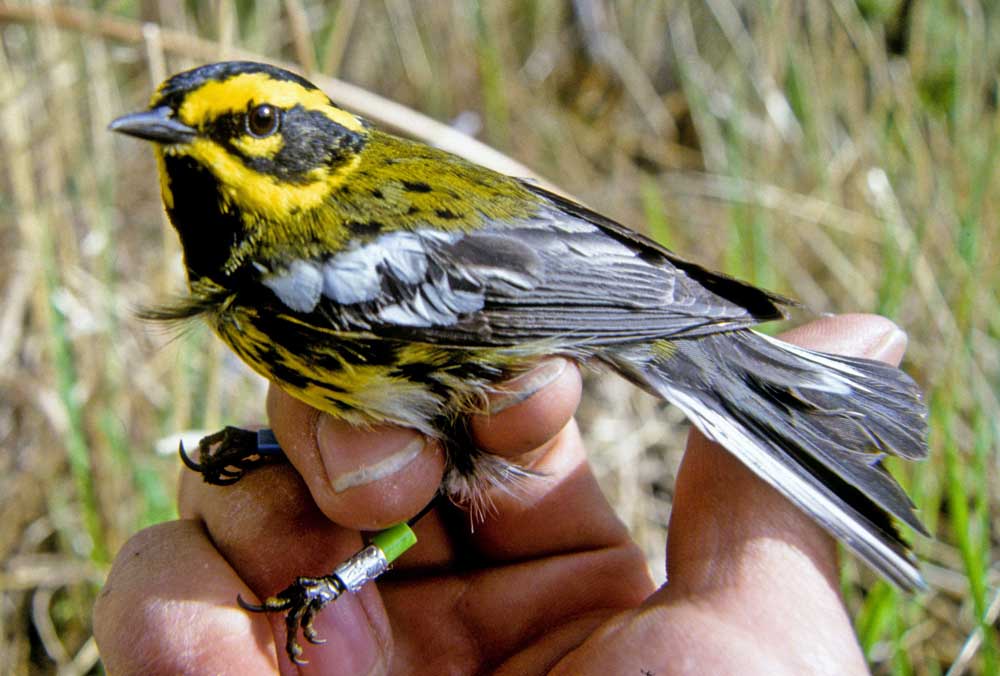This bird migrates through Central Oregon
Published 12:00 am Wednesday, May 21, 2014

- Courtesy U.S. Fish and Wildlife Service / Submitted photoTownsends warbler
Townsend’s warbler
Scientific name: Dendroica townsendi
Trending
Characteristics: In general, these warblers average 5 inches in length, have dark ear patches bordered in yellow, olive backs with black streaks, yellow breasts and white bellies; the sides also have varying degrees of black streaks. The wings show two white wing bars. Males have black throats and more extensive yellow and black streaking on their undersides than the females do.
Nesting: The female builds a cup-shaped nest made of grass, twigs, pine needles and spider cocoons which is lined with animal hair, mosses or grasses. The female lays an average of 3-7 white with brown speckled eggs; the eggs take about 12 days to hatch.
Range: Breeds in the Pacific Northwest north to Alaska. Winters from Oregon south to Baja California, central Mexico and Central America.
Habitat: Breeds in coniferous forests, and may be observed during migration in deciduous or mixed forests.
Food: Gleans insects and spiders from leaves and twigs or occasionally catches them in flight. In winter, these warblers will consume honeydew excreted by scale insects.
Comments: These birds are often observed in spring migrating in groups and hawking insects in flight. A group of warblers is known as a “bouquet” or “confusion.” Dendroica means “tree dweller” and townsendi honors John Kirk Townsend (1809-1851) who first collected this species. Townsend’s and the closely related hermit warbler may interbreed. Female Townsend’s warblers may begin to build a nest in one tree, then dismantle the nest and use the materials to finish a nest in another tree.
Trending
Current viewing: Sawyer Park, Shevlin Park, Ochoco Mountains, Malheur National Wildlife Refuge and other locations in the region.
— Damian Fagan is a COCC Community Learning instructor and volunteer with the East Cascades Audubon Society. He can be reached at damian.fagan@hotmail.com.
Sources: “The Audubon Society Encyclopedia of North American Birds” by John Terres, Cornell Lab of Ornithology’s www.allaboutbirds.org and “Birds of Oregon” by Burrows and Gilligan







